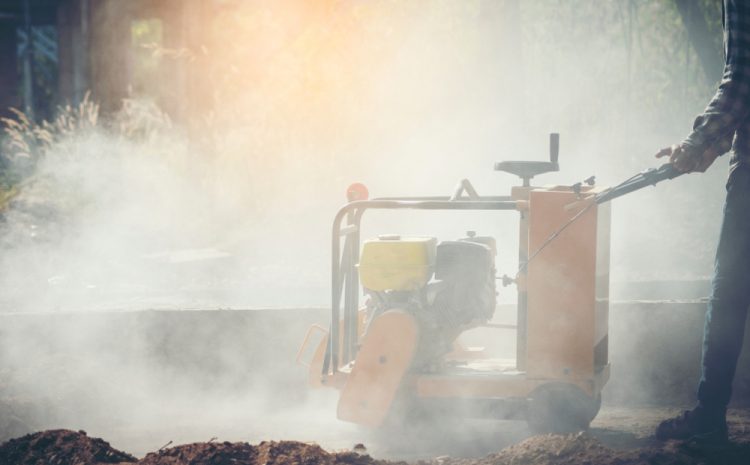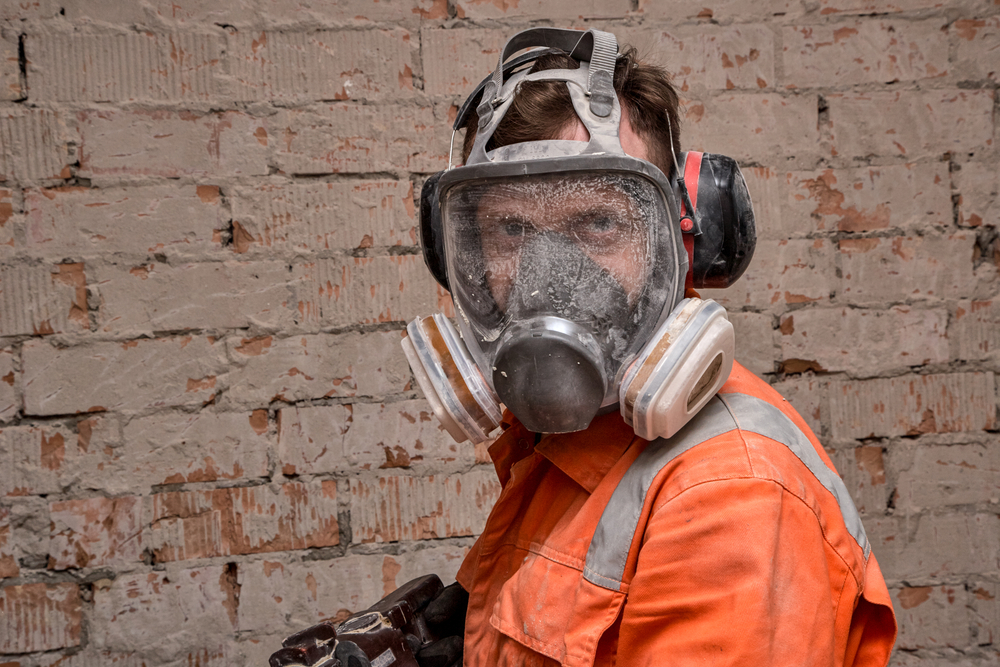
3 Tips To Control Dust When Cutting Concrete
Huge amounts of dust are produced when cutting concrete. It is possible to inhale the dust when it becomes airborne. As a result, you might develop various health complications depending on the nature and amount of dust you end up inhaling. As such, it is important to use effective dust control methods to reduce dust – and with it, create a safer working environment.
To find out more about concrete dust, as well as how to control it when cutting concrete, please read below.
What Is Concrete Dust?
Concrete dust is normally given off whenever construction workers core, saw, grind or cut concrete. This dust takes the form of tiny crystalline particles composed of a mixture of mortar, plaster, concrete, stone and sand. Since these materials also contain crystalline silica, in most cases, concrete dust also contains small silica particles.
Types Of Concrete Dust
There are two main types of concrete dust::
Silica Dust: Silica is a naturally occurring material that is present in a variety of building materials including mortar, concrete, sandstone, granite and sand. The material is broken down into fine dust during drilling, grinding or cutting.
Non-Silica Dust: Some construction materials, such as marble, limestone and cement, contain little to no silica. As such, these materials do not generate silica dust. However, since they may be mixed with silica-containing materials during the construction process, they may end up producing silica dust.
Why Concrete Dust Is Harmful
Concrete dust is considered to be harmful due to a number of reasons:
- Due to the minute nature of the dust particles, concrete dust is easily inhaled, making its way deep into the lungs.
- Extended dust exposure often leads to serious health risks, including, silicosis, lung cancer, Chronic Obstructive Pulmonary Disease (COPD) and asthma.
Methods To Control Concrete Dust When Cutting
Use the following methods to control concrete dust when cutting:
- Respiratory Protective Equipment: For added personal protection against any airborne dust particles, respiratory protective equipment should be used in conjunction with other dust control methods like wet cutting and dust extraction.
- Dust Extraction: To effectively extract dust from the point of cutting, drilling or core drilling, high-efficiency vacuum systems are used. These systems are attached to a tool and fitted with specialist air filters.
- In order to effectively capture all of the dust generated, it is vital that you use a dust extraction system suited to the tools in use. Furthermore, the filters and bags should be cleaned, emptied and replaced regularly.
- Wet Cutting And Water Suppression: Wet cutting refers to introducing water to the concrete cutting process to reduce the amount of dust generated. In addition to reducing dust emission levels, adding water also helps cool the cutting blade; thus, extending its lifespan.

When wet cutting:
- A continuous stream of water is directed at the cutting blade when cutting using a hose
- To make the dust settle quickly, a water mist is sprayed into the air
- To counter dust emission, a pressurised water tank, containing at least 8 litres of water, is used to produce water jets
When using wet cutting, proper measures must be put in place to control slurry and other issues associated with continuous water flow.
Final Thoughts
Concrete cutting can lead to the production of harmful dust. Extended exposure to this dust can have serious health effects on construction workers. Fortunately, you can use a number of methods to control dust when cutting concrete; and with it, avoid the nasty side effects.
Hire A Professional Concrete Company in Sydney
If you are planning an upcoming concrete cutting job, be sure to hire a professional concrete cutting company. Sydney Sawing & Drilling offers professional concrete cutting services across Sydney.
If you are looking for a concrete cutting company in Sydney that is trustworthy and reliable, then don’t go past Sydney Sawing & Drilling. Please call us today on (02) 9158 6101 or leave an enquiry.

